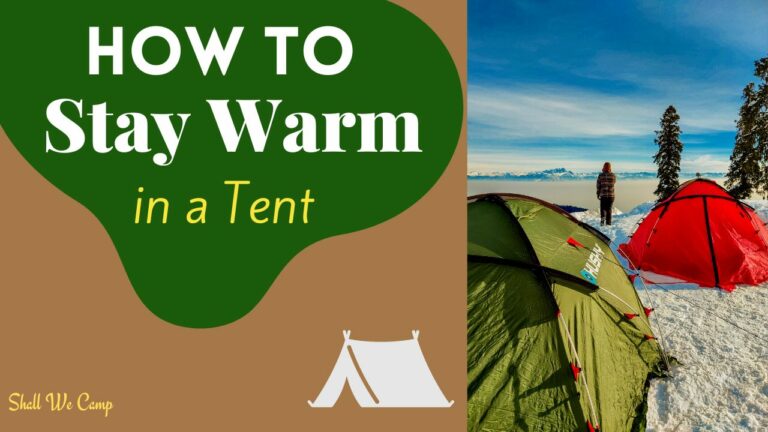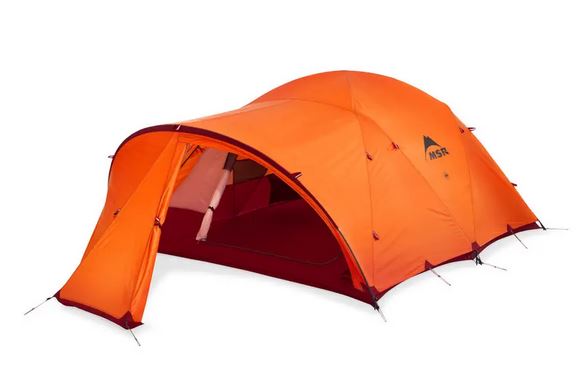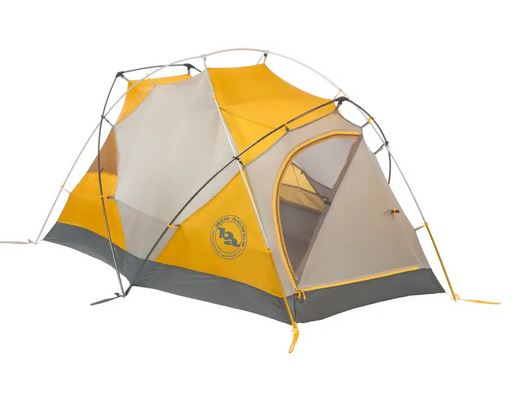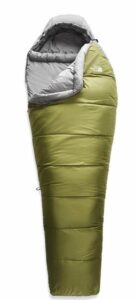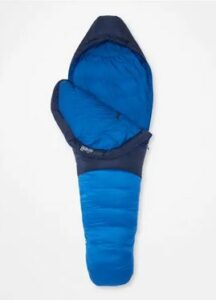Enjoying nature and camping in the winter when it's bone chilling outside does not have to be miserable. In fact it can be one of the best camping experiences if you know how to stay warm.
This isn't just about piling on five layers of clothing; it's also about understanding how to maintain a cozy sanctuary within your tent. So, let's examine the essential tips and tricks that'll keep you toasty all night long.
In my opinion, the key to comfort is preparing with the right gear and knowledge. From selecting the perfect cold-weather allies – your tent and sleeping bag – to little hacks that make a big difference when the temperatures drop.
Choosing the Right Cold Weather Tents
One of the most crucial pieces of gear for staying toasty on chilly nights is the cold weather tent. A cold weather tent, sometimes called a four season tent, is specifically designed to withstand harsh conditions like biting winds and heavy snowfall.

When selecting a cold weather tent, the key features to zero in on include the strength and durability of the poles, the quality of the fabrics, and an aerodynamic shape to fend off strong winds. It's not just about withstanding the elements; it's also about heat retention.
The tents' material plays a vital role here. Look for tents with thicker fabric walls, less mesh, and a full-coverage rainfly that drops close to the ground. These will help trap heat inside. It's advisable to opt for tents with a double wall design to prevent condensation – a single icy touch can disrupt a warm night's sleep.
Brands like Marmot, North Face, and Hilleberg offer some of the best cold weather tents on the market, with praiseworthy models such as The North Face Mountain 25 or the Hilleberg Jannu, both of which are revered for their robust build and insulation properties.
However, choosing the right tent is just the beginning. Next, we'll talk about how you can make your shelter even warmer by insulating your tent – your frontline defense against the cold ground and frigid air.
Insulating Your Tent
Keeping the chill at bay doesn't stop with the choice of your tent; it's also about what you do with it. Let's explore the science behind insulating your tent.
First off, let's tackle insulation and heat retention when it comes to tents. The basic idea is to trap the warm air you generate inside the tent, preventing it from escaping into the colder outside environment. But how do you do that?
Choosing the right spot to set up camp is crucial. Avoid open areas exposed to wind, and instead, look for natural barriers like bushes or boulders that can serve as shields. Position your tent so that the smallest side faces the prevailing winds, minimizing the area through which heat can escape.

Beyond tent placement, we can get pretty crafty with materials. Consider using a tarp over the top of your tent as an additional barrier against the cold. Likewise, a footprint under your tent prevents the cold ground from sucking away your hard-earned warmth.
Try to incorporate specialized insulating materials, too. Reflective blankets on the tent floor can work wonders, and don't skimp on the importance of a good-quality, well-fitted tent cover. It's your first line of defense against the night's cold embrace.
The Best Cold Weather Sleeping Bags
One of the most essential pieces of gear that can make or break your camping experience in the chillier months is the cold weather sleeping bag. When the temperature plummets, your sleeping bag is your last line of defense against the penetrating cold.
If you want to enjoy a good night's sleep, don't worry too much about the frigid temperatures outside, and instead invest in a sleeping bag designed for harsh conditions. The criteria for picking out one include insulation type, fill power, the shape of the bag, and its temperature rating.
Synthetic insulation is quick-drying and insulates even when wet, while down fill, though a bit pricier, offers a superior warmth-to-weight ratio and is highly compressible for ease of transport.
Fill power is a term you'll often hear, and it's crucial. It refers to how much space one ounce of down will occupy. The higher the number, usually ranging between 600 to 900 for quality sleeping bags, the better it will insulate. As for shape, mummy sleeping bags are a go-to for cold weather as they are designed to hug the body closely, minimizing air pockets and maximizing warmth.
Your choice doesn't need to be your last, you can always adjust down the road, but starting with a reputable brand can lead to better initial results. Some of the top sleeping bag manufacturers, renowned for their cold weather options, include The North Face, Marmot, and Western Mountaineering. Each of them has bags that are rated for different temperatures, so choose something that resonates with your specific cold-weather needs.
Enhancing Your Sleeping System
Enhancing your sleep system is all about the extras that can make a significant difference in comfort and warmth.
First, let's talk layering. Think of your sleeping area in layers, much like you do with clothing. A sleeping pad is, in my opinion, a non-negotiable item. It provides a barrier between you and the cold ground, which is crucial because the ground can sap heat from your body at an alarming rate.

You can always adjust your level of comfort with a sleeping bag liner. These liners add extra warmth, and if you choose a fleece or a thermal material, you're in for a cozy night's sleep. Just don't focus too much on the bulk… go for something that offers a good warmth-to-weight ratio.
In addition, heated blankets and battery-powered heat packs are becoming more popular. They offer an added comfort for those especially chilly nights. Choose something in terms of ease of use and how it complements your setup.
Clothing is your final layer of defense. Opt for moisture-wicking base layers, a warm hat, and thermal socks to keep the extremities warm. Don't forget, it's better to layer up before you feel cold than after!
With a few thoughtful additions to your sleeping system, you'll be well-equipped to face the frostier nights.
Your Cozy Camping Checklist
Staying warm in a tent is about piling on layers, plenty of preparation, smart choices, and understanding how your body interacts with the environment.
Let's quickly revisit the essentials:
- a sturdy cold weather tent to shield you from the elements
- a top-tier cold weather sleeping bag to keep the chills at bay
- insulating layers to trap body warmth
- the right accessories, such as sleeping pads and liners, to create a snug sleep haven.
Don't forget the role of a hot meal and hydration to fuel your internal furnace, along with some light exercises to rev up your circulation right before bed. And remember, moisture is the enemy of warmth, so stay dry to stay toasty.
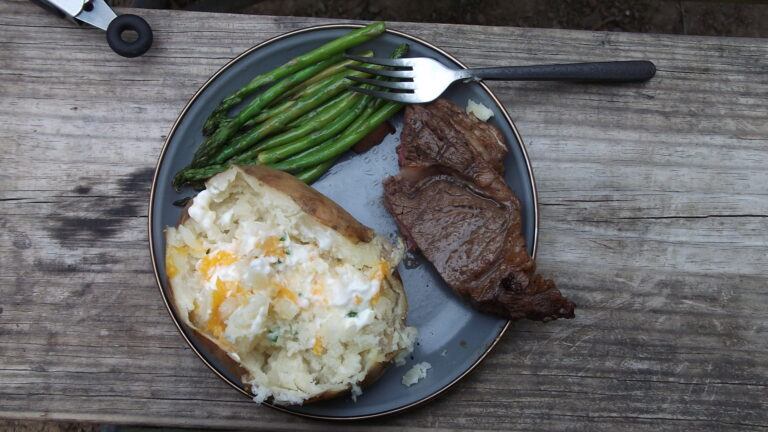

I really hope that you find these tips useful for your next cold-weather camping adventure. Being prepared is the first step to having an enjoyable experience, no matter how low the temperature dips.
Always choose gear that resonates with your needs and adjust your approach as you gain more experience in different conditions.
Before you set off, make sure to run through this checklist to ensure you have everything needed to stay warm and enjoy the serene beauty of a crisp, clear night in the great outdoors.

